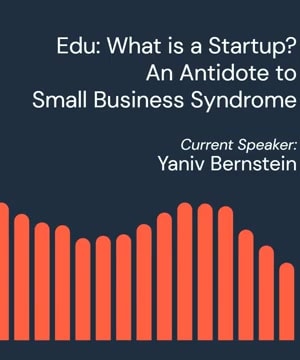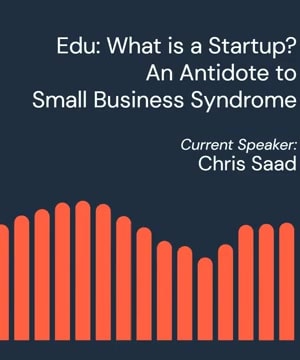Customers vs Users
Sources:
Understanding the distinction between "customers" and "users" is crucial for various business models and product strategies.
-
Waze Example: At Waze, the distinction is clear—users are the drivers using the app to navigate traffic, while customers are the advertisers paying for exposure. Keeping the app free for users was essential to gather valuable traffic data, which in turn attracted more users and improved the app's utility. Thus, even though the revenue came from advertisers, ensuring a positive user experience was vital for success 1.
-
B2B vs. B2C Models: In B2B (business-to-business) models, companies sell products or services to other businesses, which then use these to serve their own customers. An example highlighted was IBM Notes, which catered to IT departments but was disliked by end users. Modern B2B products focus more on end-user engagement to ensure lasting success. This shift is driven by the availability of user-friendly alternatives that individuals can adopt without needing corporate approval 2.
-
Startups' Focus: Startups often make the mistake of focusing solely on the direct customers (businesses) rather than the end users, which can limit their growth. For example, startups focusing on user value and growth, even in a B2B context, often achieve more sustainable success. This approach helps in ensuring that the end product appeals to the actual users, leading to organic growth and higher user retention 3.
-
User Experience in Product Development: Establishing a common vocabulary and understanding user terminology is crucial. For instance, in software development, aligning on terms like "user" versus "customer" with stakeholders across various departments can avoid confusion and ensure that the product meets all requirements effectively 4.
These insights from experts highlight the necessity of balancing user needs and customer requirements to build successful products and business models.
RELATED QUESTIONS-

